- Clone
- GHI/61 (See other available formats)
- Regulatory Status
- RUO
- Workshop
- VI M38
- Other Names
- GHI/61, M130, RM3/1, p155, Hemoglobin/Haptoglobin Complex Receptor, macrophage-associated antigen, ED2(rat)
- Isotype
- Mouse IgG1, κ
- Ave. Rating
- Submit a Review
- Product Citations
- publications
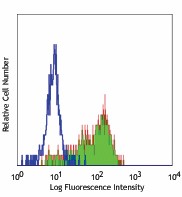
-

Human peripheral blood monocytes stained with purified GHI/61, followed by anti-mouse IgG FITC
CD163 is a member of the group B scavenger receptor cysteine-rich superfamily, also known as GHI/61, M130, RM3/1, p155, hemoglobin-haptoglobin complex receptor, or macrophage-associated antigen. It is a 134 kD (non-reduced)/155 kD (reduced) glycoprotein primarily expressed on macrophages, Kupffer cells, monocytes, a subset of dendritic cells, and a subset of hematopoietic stem/progenitor cells. CD163 binds to haptoglobin-hemoglobin complex and TWEAK, and plays a role in clearing hemoglobin and regulating cytokine production by macrophages. Membrane CD163 can be cleaved by metalloproteinases (MMP), resulting in a soluble form. Elevated serum level of sCD163 has been implicated in many kinds of inflammatory diseases.
Product DetailsProduct Details
- Verified Reactivity
- Human, Cynomolgus, Rhesus
- Reported Reactivity
- African Green
- Antibody Type
- Monoclonal
- Host Species
- Mouse
- Formulation
- Phosphate-buffered solution, pH 7.2, containing 0.09% sodium azide.
- Preparation
- The antibody was purified by affinity chromatography.
- Concentration
- 0.5 mg/ml
- Storage & Handling
- The antibody solution should be stored undiluted between 2°C and 8°C.
- Application
-
FC - Quality tested
ICC, IP, WB - Reported in the literature, not verified in house - Recommended Usage
-
Each lot of this antibody is quality control tested by immunofluorescent staining with flow cytometric analysis. For flow cytometric staining, the suggested use of this reagent is ≤2.0 µg per million cells in 100 µl volume. It is recommended that the reagent be titrated for optimal performance for each application.
- Application Notes
-
Clone GHI/61 binds to domain 7 of CD163. Additional reported applications (for the relevant formats) include: immunocytochemical staining, immunoprecipitation, western blot1, and spatial biology (IBEX)6,7.
-
Application References
(PubMed link indicates BioLegend citation) -
- Pulford K, et al. 1992. Immunology 75:588. (ICC, IP, WB)
- Law SK, et al. 1993. Eur. J. Immunol. 23:2320.
- Madsen M, et al. 2004. J. Biol. Chem. 279:51561.
- Kim WK, et al. 2006. Am. J. Pathol. 168:822. (FC)
- Buttari B, et al. 2011. Atherosclerosis. 215:316. PubMed
- Radtke AJ, et al. 2020. Proc Natl Acad Sci USA. 117:33455-33465. (SB) PubMed
- Radtke AJ, et al. 2022. Nat Protoc. 17:378-401. (SB) PubMed
- Product Citations
-
- RRID
-
AB_1088991 (BioLegend Cat. No. 333602)
Antigen Details
- Structure
- 134 kD (non-reduced)/155 kD (reduced) glycoprotein, scavenger receptor superfamily
- Distribution
-
Monocytes, macrophages, Kuffer cells, subset of dendritic cells, subset of hematopoietic stem/progenitor cells
- Function
- Clearance of haptoglobin-hemoglobin complex, regulation of cytokine production by macrophages
- Ligand/Receptor
- Haptoglobin-hemoglobin complex, TWEAK
- Cell Type
- Dendritic cells, Hematopoietic stem and progenitors, Macrophages, Monocytes
- Biology Area
- Cell Biology, Immunology, Innate Immunity, Neuroscience, Neuroscience Cell Markers
- Molecular Family
- CD Molecules
- Antigen References
-
1. Roth J, et al. 1994 Transolantation. 57:127
2. Van den Heuvel MM, et al.1999 J. Leukoc. Biol. 66:858
3. Sulahian TH, et al. 2000 Cytokines 12:1312
4. Fabriek BO, et al. 2007 J. Neuroimmunol. 187:179 - Gene ID
- 9332 View all products for this Gene ID
- UniProt
- View information about CD163 on UniProt.org
Related Pages & Pathways
Pages
Related FAQs
Other Formats
View All CD163 Reagents Request Custom ConjugationCustomers Also Purchased
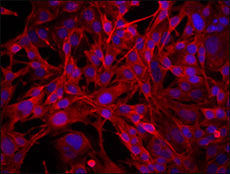
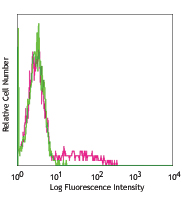

Compare Data Across All Formats
This data display is provided for general comparisons between formats.
Your actual data may vary due to variations in samples, target cells, instruments and their settings, staining conditions, and other factors.
If you need assistance with selecting the best format contact our expert technical support team.
-
PerCP anti-human CD163
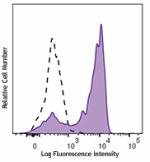
Human peripheral blood monocytes were stained with CD163 (cl... -
Purified anti-human CD163
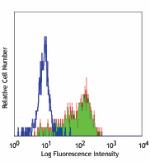
Human peripheral blood monocytes stained with purified GHI/6... -
Biotin anti-human CD163
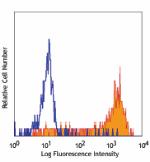
Human peripheral blood monocytes stained with biotinylated G... -
PE anti-human CD163
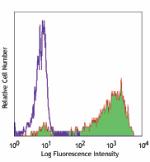
Human peripheral blood monocytes stained with GHI/61 PE -
PerCP/Cyanine5.5 anti-human CD163

Human peripheral blood lymphocytes, monocytes, granulocytes ... -
APC anti-human CD163
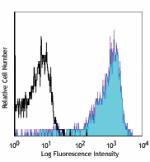
Human peripheral blood monocytes stained with GHI/61 APC -
Brilliant Violet 421™ anti-human CD163

Human peripheral blood monocytes were stained with CD163 (cl... -
PE/Cyanine7 anti-human CD163

Human peripheral blood monocytes were stained with CD163 (cl... -
Brilliant Violet 605™ anti-human CD163

Human peripheral blood monocytes were stained with CD163 (cl... -
FITC anti-human CD163
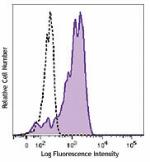
Human peripheral blood monocytes were stained with CD163 (cl... -
Alexa Fluor® 647 anti-human CD163
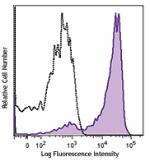
Human peripheral blood monocytes were stained with CD163 (cl... 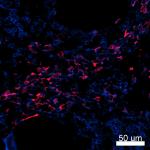
Confocal image of human lymph node sample acquired using the... -
APC/Cyanine7 anti-human CD163
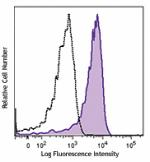
Human peripheral blood monocytes were stained with CD163 (cl... -
PE/Dazzle™ 594 anti-human CD163

Human peripheral blood monocytes were stained with CD163 (cl... -
Brilliant Violet 510™ anti-human CD163
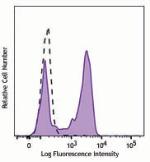
Human peripheral blood monocytes were stained with CD163 (cl... -
Brilliant Violet 711™ anti-human CD163
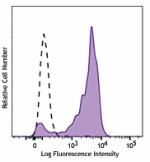
Human peripheral blood monocytes were stained with CD163 (cl... -
Brilliant Violet 785™ anti-human CD163
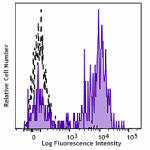
Human peripheral blood monocytes were stained with CD163 (cl... -
APC/Fire™ 750 anti-human CD163

Human lysed whole blood was stained with CD163 (clone GHI/61... -
TotalSeq™-A0358 anti-human CD163
-
TotalSeq™-C0358 anti-human CD163
-
TotalSeq™-B0358 anti-human CD163
-
PE/Cyanine5 anti-human CD163
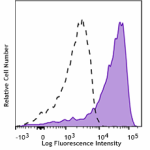
Human peripheral blood monocytes were stained with anti-huma... -
TotalSeq™-D0358 anti-human CD163
-
Alexa Fluor® 700 anti-human CD163

Human peripheral blood monocytes were stained with anti-huma... -
Brilliant Violet 650™ anti-human CD163

Human peripheral blood cells were stained with anti-human CD... -
Spark Red™ 718 anti-human CD163 (Flexi-Fluor™)
-
Spark Blue™ 574 anti-human CD163 (Flexi-Fluor™)
-
Spark Blue™ 550 anti-human CD163 (Flexi-Fluor™)





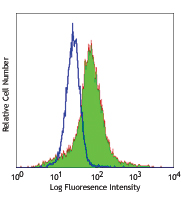



Follow Us